Planning your journey to one of Utah’s most iconic natural wonders? Getting to Bryce Canyon National Park is an adventure in itself, filled with scenic routes and breathtaking landscapes. Whether you’re flying in from afar or driving through the rugged beauty of the American Southwest, this guide will ensure your travel to Bryce Canyon is as awe-inspiring as the park itself. With detailed insights on travel options, driving directions, and tips for international visitors, we’ve got all the information you need to make your trip seamless and memorable. Let’s embark on the journey to Bryce Canyon, where natural beauty awaits at every turn.
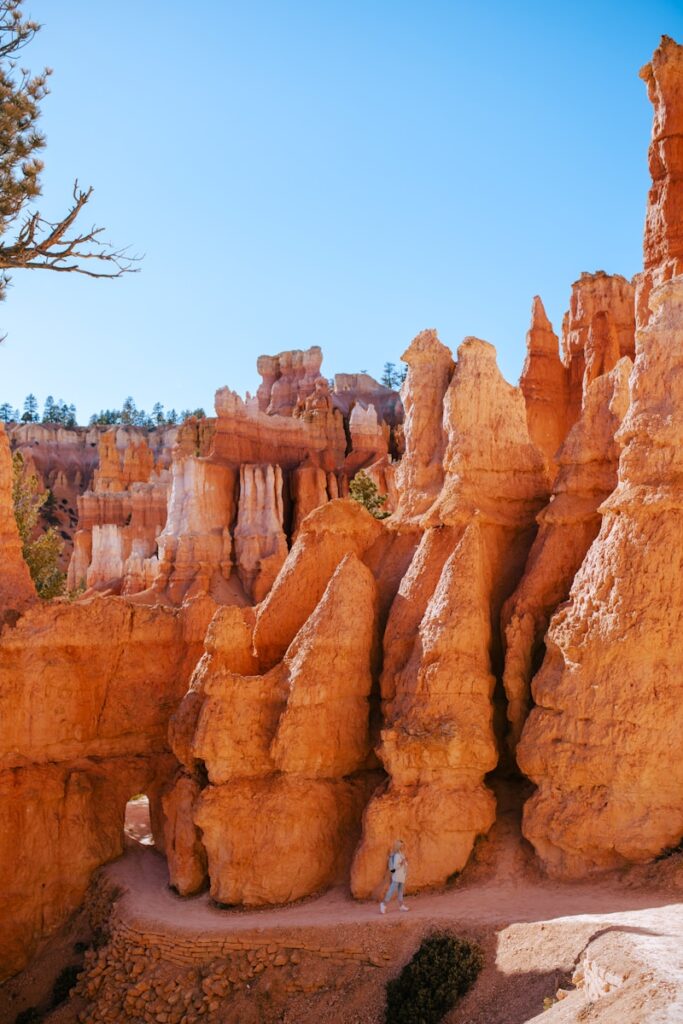
Understanding Bryce Canyon’s Location
Nestled in the heart of Southern Utah’s red rock country, Bryce Canyon National Park is a marvel of geological formations and natural beauty. Known for its towering hoodoos—irregular columns of rock sculpted by the forces of nature—Bryce Canyon offers a landscape like no other. Situated on the Colorado Plateau, the park’s elevation varies dramatically, providing not only stunning vistas but also a unique climate and ecosystem.
To truly appreciate the park’s location, it’s essential to grasp its relative position to major landmarks and cities. Bryce Canyon is approximately 270 miles from Salt Lake City, Utah’s capital, and about 250 miles from Las Vegas, Nevada, making it accessible for a weekend getaway or part of a broader exploration of the American Southwest. The park is also near other natural wonders, such as Zion National Park and the Grand Staircase-Escalante National Monument, allowing visitors to experience a diverse range of landscapes within a relatively compact area.
For those planning their visit, the nearest town to the park is Bryce Canyon City, located just outside the park’s entrance. This small community offers lodging, dining, and basic amenities, serving as a convenient base for exploring the park. Further afield, the towns of Panguitch and Kanab provide additional options for accommodations and services, giving visitors a taste of local hospitality and charm.
Understanding Bryce Canyon’s location is crucial for planning your visit, especially when considering travel times, accommodations, and the activities you wish to include in your itinerary. Whether you’re drawn to the park for its hiking trails, scenic viewpoints, or the chance to witness the surreal beauty of the hoodoos under a starlit sky, knowing where you’re headed is the first step in an unforgettable journey to Bryce Canyon National Park.










Getting to Bryce Canyon by Car
For many visitors, the journey to Bryce Canyon National Park is an integral part of the adventure, offering the freedom to explore the scenic beauty of Southern Utah at their own pace. Traveling by car to Bryce Canyon is not just about getting from point A to point B; it’s an opportunity to experience the vast, colorful landscapes of the American Southwest, dotted with canyons, rivers, and forests.
From Las Vegas, the drive to Bryce Canyon is approximately 4 hours, taking you through a variety of landscapes, including the edge of the Mojave Desert and into the higher elevations of Utah’s color country. This route, primarily along Interstate 15 and Utah’s scenic Byway 12, is known for its breathtaking views and unique geological formations. Along the way, consider stopping at Zion National Park for a quick hike or at Cedar Breaks National Monument to admire the natural amphitheater.
If you’re coming from Salt Lake City, the drive is about 4 hours and takes you through some of Utah’s most picturesque areas, including the Wasatch Mountain Range and the sprawling valleys of the Sevier River. This route offers a glimpse into Utah’s diverse ecosystems and the state’s rich history, with opportunities to visit historic towns and local attractions.
For those traveling to Bryce Canyon from further afield, connecting through major cities like Denver or even Los Angeles opens up various scenic routes that can turn the drive into a memorable road trip. Each path to Bryce Canyon offers unique sights and experiences, making the drive an essential part of your visit to the park.
Regardless of your starting point, traveling by car to Bryce Canyon allows for a flexible itinerary and the chance to discover the hidden gems of Southern Utah. Remember to check road conditions, especially during winter months, as mountain passes can be affected by snow and ice. Getting to Bryce Canyon by car is not just a means to an end but a journey filled with wonder and beauty, promising an unforgettable start to your exploration of the park.
Air Travel Options
For many visitors, especially those coming from distant locations or international destinations, air travel is the most practical option for getting to Bryce Canyon. While the park itself doesn’t have its own airport, there are several airports nearby that serve as convenient gateways to this natural wonder.
The closest major airport is McCarran International Airport in Las Vegas, Nevada. Offering a wide range of domestic and international flights, Las Vegas is a popular starting point for many Bryce Canyon visitors. From here, it’s about a 4-hour drive to the park, allowing travelers to enjoy the scenic beauty of the Southwest along the way. Renting a car from one of the many agencies at the airport gives you the flexibility to explore at your own pace.
Another viable option is Salt Lake City International Airport in Utah, which provides access to a broad spectrum of flight options from various carriers. The drive from Salt Lake City to Bryce Canyon is also about 4 hours, showcasing Utah’s diverse landscapes, from mountain ranges to desert plains. This route offers a different perspective on the state’s natural beauty and allows for stops at other attractions, such as Capitol Reef National Park.
For those looking for a closer option, Cedar City Regional Airport, located about 1.5 hours from Bryce Canyon, offers regional flights and may be a convenient alternative, especially during the tourist season. Although flight options might be more limited compared to larger airports, the proximity to Bryce Canyon makes it an attractive choice for those wanting to minimize driving time.
When planning your air travel to Bryce Canyon, consider the additional travel time to the park from the airport and the availability of rental car services. Booking your flights and car rental in advance can often secure better rates and ensure a smoother transition from air to land, bringing you one step closer to the awe-inspiring landscapes of Bryce Canyon.
Public Transportation and Shuttle Services
While the journey to Bryce Canyon is often made by personal or rental car, visitors also have options for public transportation and shuttle services, especially during the peak tourist seasons. These services not only provide a stress-free alternative to driving but also support the park’s efforts to minimize traffic congestion and reduce environmental impact.
The Bryce Canyon Shuttle is a notable service operating within the park, offering convenient transportation between key viewpoints, trailheads, and facilities. Running from late spring through early fall, the shuttle allows visitors to explore the park’s highlights without the hassle of parking and navigating busy areas. Using the shuttle service not only eases your visit but also contributes to preserving the park’s natural beauty by reducing vehicle emissions and traffic.
For those traveling to Bryce Canyon from further afield, shuttle services from larger cities and airports can be arranged through various private companies. These services often provide direct transportation to the park or nearby accommodations, making it an excellent option for those without access to a car. While this option requires some planning and may be subject to availability, it offers a relaxed and scenic way to reach Bryce Canyon, allowing you to sit back and enjoy the stunning landscapes en route.
It’s essential to research and book these services in advance, especially during peak visiting times, to ensure availability. Additionally, consider combining shuttle services with lodging options that offer their shuttle services for local exploration. This combination can maximize your time spent enjoying the park’s wonders rather than worrying about logistics.
Leveraging public transportation and shuttle services when getting to Bryce Canyon not only simplifies your travel plans but also aligns with sustainable tourism practices, ensuring that this majestic park remains pristine for future generations to enjoy.
Driving Conditions and Seasonal Considerations
When planning your trip to Bryce Canyon, understanding the driving conditions and seasonal variations is crucial for a safe and enjoyable journey. The park’s high elevation and location in Southern Utah subject it to a wide range of weather conditions, from heavy snowfall in winter to occasional summer thunderstorms, all of which can significantly impact driving conditions.
In the winter months, Bryce Canyon transforms into a snowy wonderland, offering breathtaking views of hoodoos dusted with snow. However, this beauty comes with the challenge of navigating snowy and icy roads. Utah’s Department of Transportation works diligently to keep the main roads clear, but visitors should be prepared with the appropriate vehicle, such as one equipped with 4-wheel drive or snow chains, and be ready to adjust travel plans based on weather forecasts. I always remind fellow travelers to check road conditions before setting out and to drive cautiously, allowing extra time to reach their destination safely.
Spring and fall bring milder weather but can also be unpredictable, with sudden rain showers that may lead to slippery roads or, in some cases, temporary closures due to flooding or rockfalls. During these seasons, being flexible with your travel plans can make a significant difference. I’ve experienced the joy of a spontaneous detour to discover a hidden gem I would have otherwise missed, all because a brief rain shower altered my original plans.
Summer offers the most predictable driving conditions, with clear roads and longer daylight hours. However, this is also the peak season for visitors, meaning roads within and leading to the park can become quite congested. Planning your travel times to avoid peak hours and utilizing the Bryce Canyon Shuttle service can enhance your experience, allowing you to focus on the park’s natural beauty rather than navigating traffic.
Regardless of the season, always carry plenty of water, a few snacks, and a basic emergency kit when driving to or within Bryce Canyon. The remote nature of the park means services are few and far between, so being prepared can make all the difference in addressing minor issues before they become significant problems. Understanding and respecting the seasonal driving conditions ensures that your visit to Bryce Canyon is both safe and memorable, filled with the awe-inspiring beauty of the park’s landscapes.
Making the Most of Your Arrival
Arriving at Bryce Canyon National Park is an experience filled with anticipation and excitement. As you approach the park, the landscape begins to change, offering a preview of the natural wonders that await. To make the most of your arrival and ensure a smooth start to your exploration, a little preparation and knowledge can go a long way.
Upon reaching the park, your first stop should be the Visitor Center. Here, you can gather valuable information about current conditions, trail recommendations, and any scheduled ranger-led programs. During my first visit, the insights I gained from the friendly park rangers at the Visitor Center significantly enriched my experience, providing me with tips on must-see viewpoints and lesser-known trails that matched my interests and hiking ability.
The Visitor Center also offers exhibits that delve into the park’s geology, ecology, and history, providing context that enhances your appreciation of Bryce Canyon’s unique landscape. I always recommend spending some time here, especially for first-time visitors, as it sets the tone for your adventure and offers a deeper connection to the park.
For those eager to hit the trails immediately, consider the park’s shuttle system, which can take you directly from the Visitor Center to key points within Bryce Canyon. Utilizing the shuttle service, especially during peak visitation times, not only helps reduce traffic congestion but also allows you to enjoy the scenery without the distraction of driving.
Finally, take a moment to simply breathe in the fresh air and take in the expansive views as you arrive. There’s something magical about your first glimpse of the hoodoos and canyons that make up Bryce Canyon. Whether it’s the vibrant colors at sunrise or the shadow play at sunset, allow yourself to be fully present and savor the beginning of what promises to be an unforgettable journey through one of nature’s most magnificent creations.
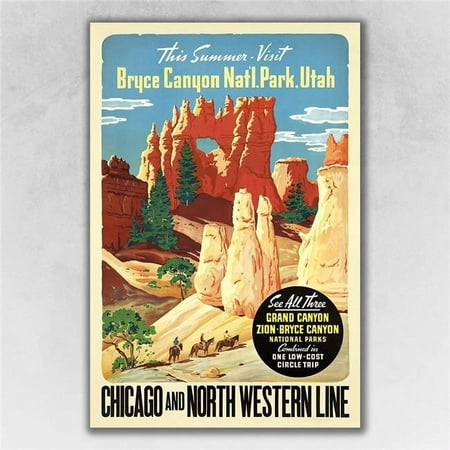



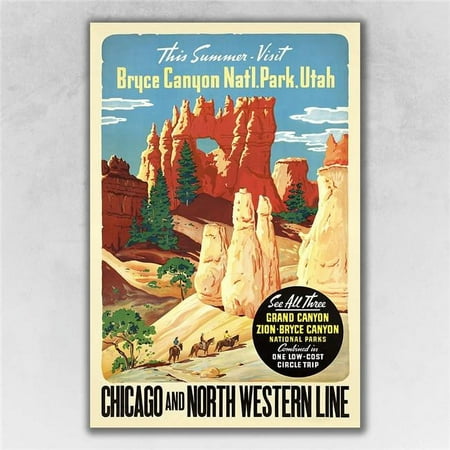





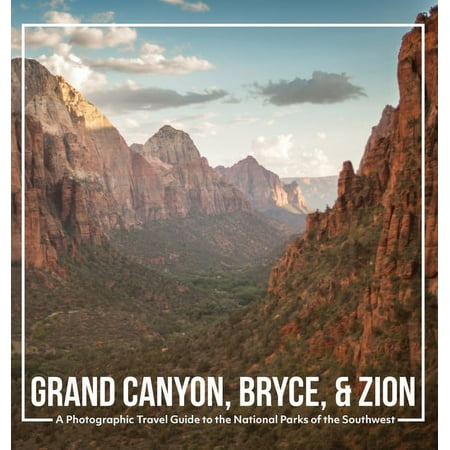

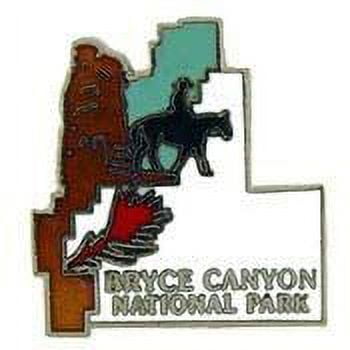


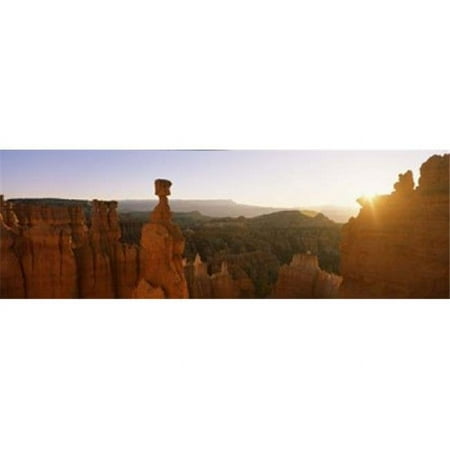




Accommodations and Nearby Stays
Securing a place to stay is a crucial part of planning your visit to Bryce Canyon National Park. Whether you prefer the rustic charm of camping under the stars or the comfort of a cozy lodge, the area around Bryce Canyon offers a variety of accommodations to suit every preference and budget.
Inside the park, the Bryce Canyon Lodge provides a historic and charming option for those looking to stay close to nature without forgoing comfort. With its proximity to the canyon rim, guests can easily access trails and viewpoints at sunrise or sunset, when the canyon’s colors are most vibrant. My stays at the lodge have always been memorable, combining the rustic beauty of the park with the warmth and comfort of their facilities.
For those who prefer a more immersive nature experience, Bryce Canyon’s campgrounds, North and Sunset, offer the perfect opportunity to sleep under the vast Utah sky. Camping here allows for easy access to stargazing events, a highlight for many visitors, including myself. The clarity of the night sky, free from light pollution, makes Bryce Canyon one of the best places for stargazing, with the Milky Way often visible to the naked eye.
Outside the park, the surrounding area boasts a range of accommodations, from budget-friendly motels to luxurious cabins and bed-and-breakfasts. Towns like Bryce Canyon City, Tropic, and Panguitch serve as convenient bases for exploring the park and the wider region. Staying in these local communities also offers the chance to experience Southern Utah’s hospitality and charm, adding another layer to your Bryce Canyon adventure.
Booking accommodations well in advance is highly recommended, especially during peak visiting seasons when options can fill up quickly. Whether you’re looking for the simplicity of a campsite or the comfort of a hotel room, planning ahead ensures you have a cozy place to rest after a day of exploring the breathtaking landscapes of Bryce Canyon.
Tips for International Travelers
Bryce Canyon National Park is a destination that attracts visitors from all corners of the globe, drawn by its unparalleled natural beauty. For international travelers making the journey to this iconic landscape, a few tips can help ensure a smooth and enjoyable experience.
Firstly, it’s important to check visa requirements well in advance of your trip. Depending on your country of origin, you may need to apply for a visa or an ESTA (Electronic System for Travel Authorization) if you’re from a Visa Waiver Program country. Ensuring your travel documents are in order can save you from any last-minute hurdles.
Upon arrival in the United States, international travelers should consider acquiring a local SIM card or a portable Wi-Fi device to stay connected. While Bryce Canyon offers some spots with cell service and Wi-Fi, particularly around developed areas like the Visitor Center, connectivity can be spotty. Having access to online resources, maps, and the ability to communicate can enhance your visit, especially when navigating to and within the park.
Currency exchange is another consideration. While major credit cards are widely accepted in and around Bryce Canyon, having some U.S. dollars on hand for smaller purchases or in places that might not accept cards is advisable. It’s often best to exchange some money before leaving home to get a favorable rate, but ATMs are also available in nearby towns for withdrawals.
Understanding local customs and regulations is also crucial. For example, tipping is customary in the United States in many service situations, including restaurants and hotels. Familiarizing yourself with such practices can help avoid any cultural misunderstandings and ensure a more immersive experience in the local community.
Finally, international travelers should be mindful of the vast distances in the American Southwest. Distances between attractions can be deceptive, and what appears as a short drive on a map can take several hours. Planning your itinerary with realistic travel times in mind will allow you to fully enjoy each destination, including the majestic Bryce Canyon, without feeling rushed.










Conclusion Getting To Bryce Canyon
As your journey to Bryce Canyon National Park comes into focus, it’s clear that getting to this remarkable destination is part of the adventure that awaits. Each route and mode of transportation offers its own unique set of experiences and opportunities to witness the stunning beauty of the American Southwest. Whether you’re driving through the scenic landscapes, flying into a nearby airport, or utilizing public transportation, the journey to Bryce Canyon is filled with anticipation and excitement.
Once you arrive, the awe-inspiring vistas, towering hoodoos, and serene trails of Bryce Canyon unfold before you, offering endless opportunities for exploration and discovery. The park’s diverse landscape, rich history, and vibrant ecosystem provide a backdrop for an unforgettable adventure, whether you’re a seasoned hiker, a casual visitor, or a photography enthusiast.
To ensure your visit is as enjoyable and seamless as possible, remember to plan ahead, especially during peak seasons. Booking accommodations early, checking road and weather conditions, and familiarizing yourself with the park’s regulations will enhance your experience. And most importantly, always carry enough water and respect the natural environment to help preserve Bryce Canyon’s beauty for future generations.
In the end, getting to Bryce Canyon is more than just reaching a destination; it’s about embracing the journey, immersing yourself in the natural world, and creating memories that will last a lifetime. So pack your bags, set your sights on the horizon, and get ready for an extraordinary experience at Bryce Canyon National Park.
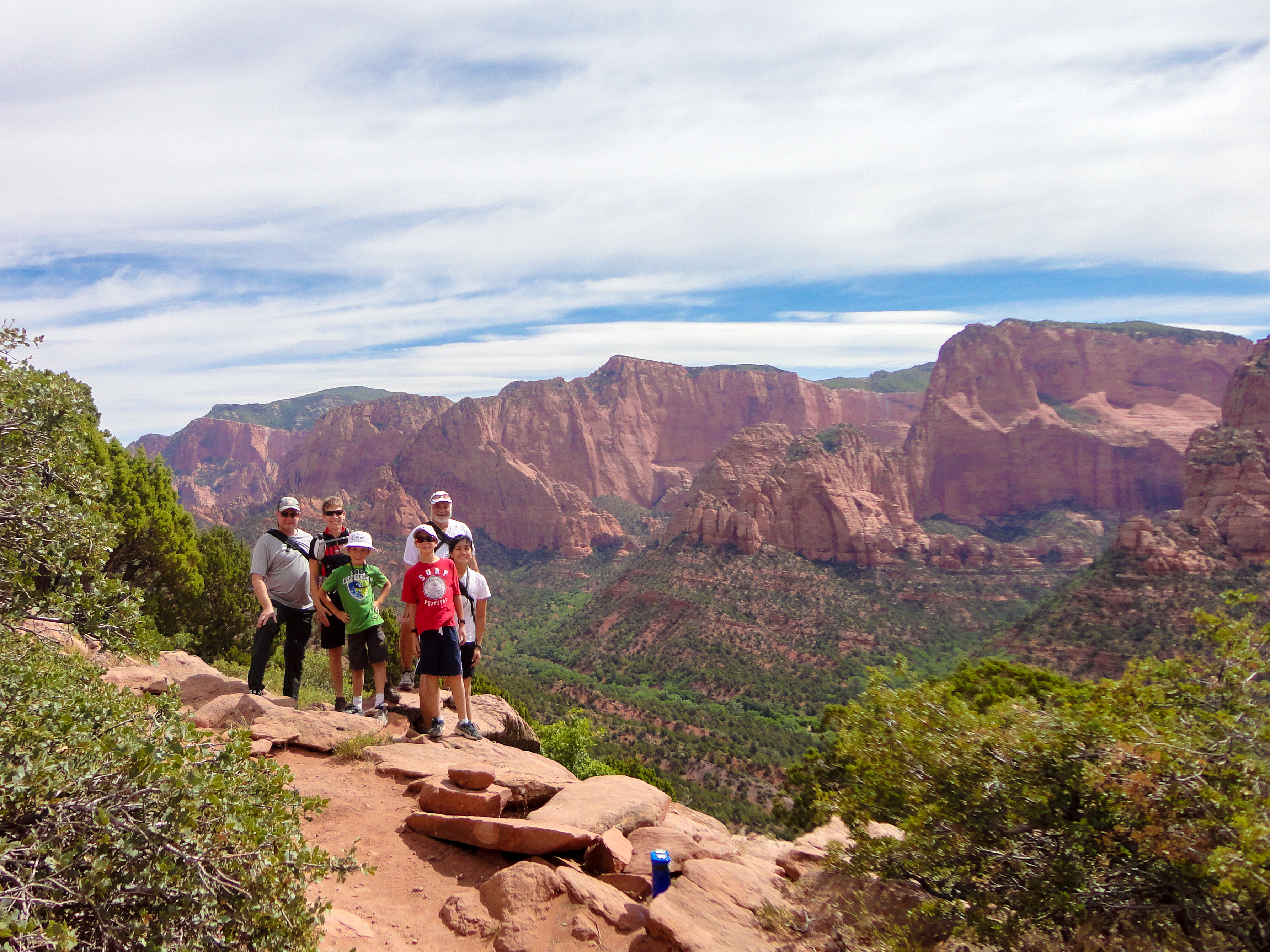












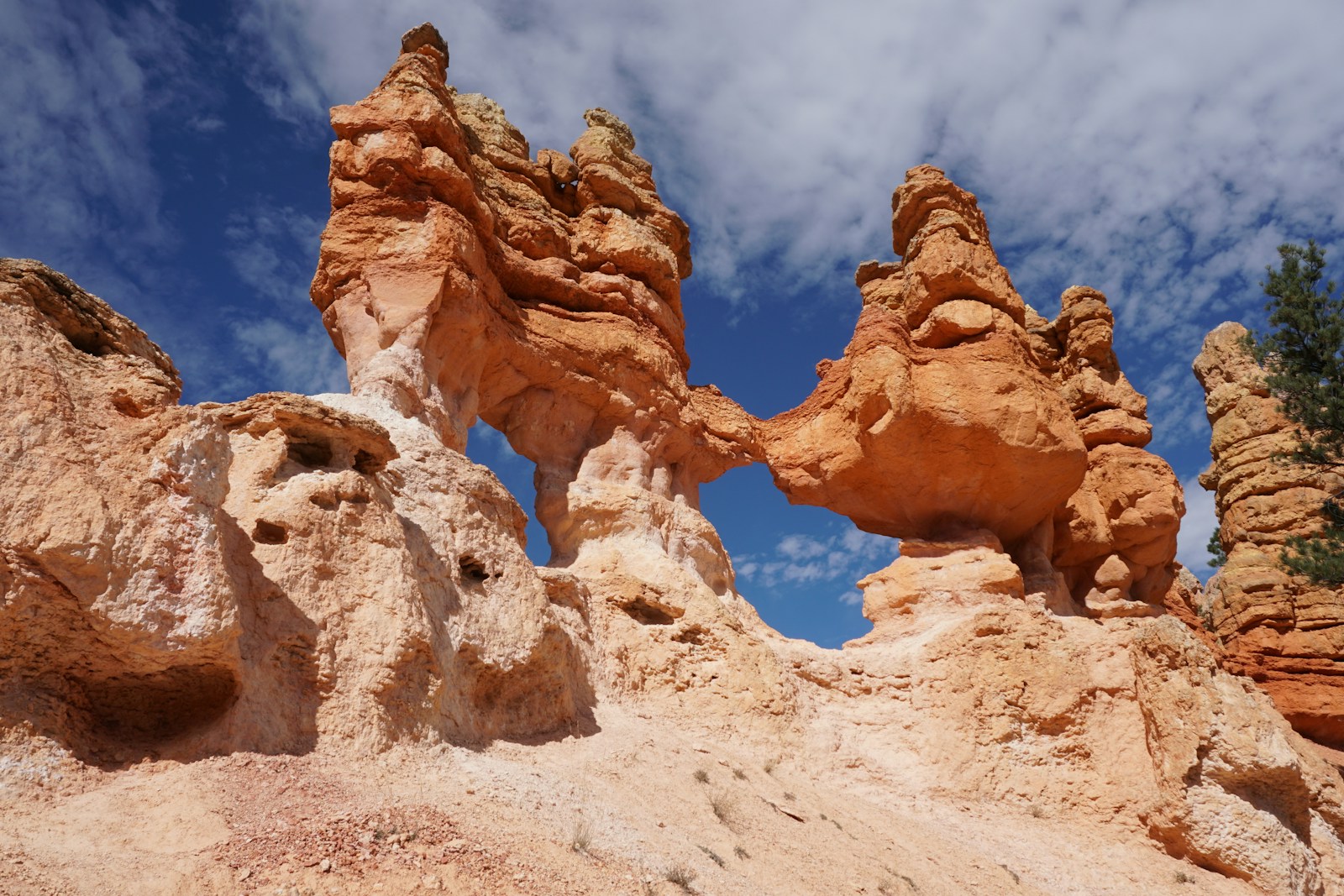
Leave a Reply